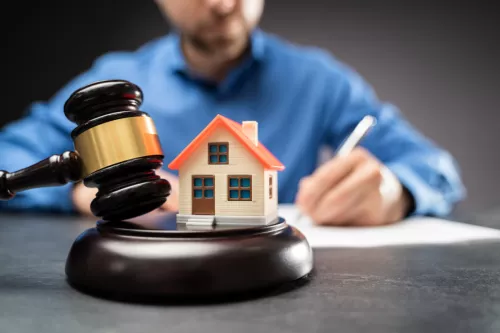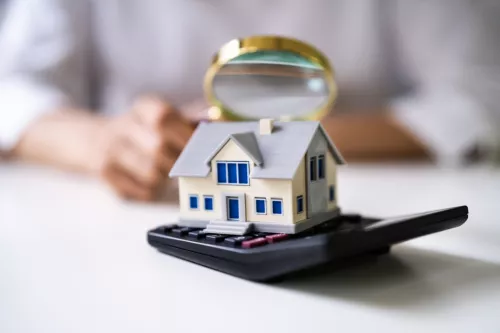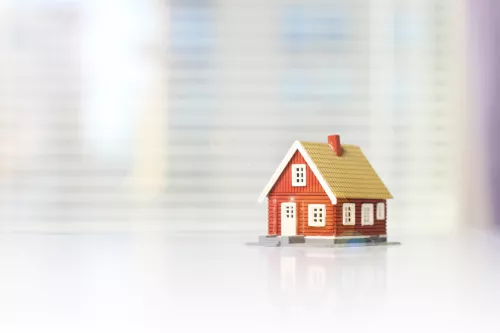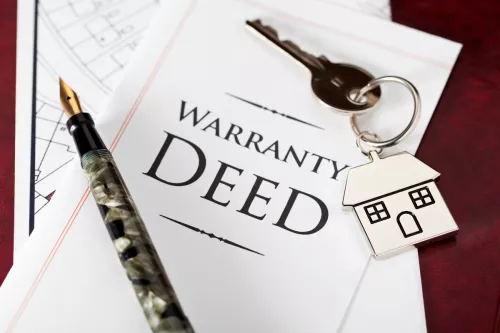If you're buying a home, a comprehensive home inspection is crucial to understanding the property's condition. It can uncover potential issues that may affect your decision to purchase or negotiate the price.
But how much is a home inspection, and what factors influence the cost? In this guide, we'll break down the average price of a home inspection, what to expect, and how to find the best inspector.
Average Price of a Home Inspection
The cost of a home inspection varies depending on several factors such as location, property size, and the inspector's experience. In the U.S., the average cost typically ranges between $300 and $500.
However, in Massachusetts, the cost can be slightly higher due to the region's higher living costs.
Average Home Inspection Cost in Massachusetts:
- Standard Inspection (2,000 sq. ft. home): $400 - $600
- Larger Homes (2,000 - 3,000 sq. ft.): $600 - $800
- Luxury or Historic Properties (3,000+ sq. ft.): $800+
Home Inspection Cost Per Square Foot
Some inspectors charge based on the property's square footage. This approach provides a more accurate quote, especially for larger or smaller homes. The typical rate per square foot is between $0.10 and $0.25.
Example Cost Calculation:
Property Size: 2,500 sq. ft.
Rate per Square Foot: $0.15
Inspection Cost: 2,500 × $0.15 = $375
What Influences the Cost of a Home Inspection
Several factors can impact the cost of a home inspection, ranging from the property's size and age to additional services requested and the inspector's expertise. Here's a closer look at these factors:
1. Property Size and Age
The size and age of the property are key determinants of inspection costs. Larger homes require more time and effort to inspect, as the inspector needs to cover more ground and evaluate additional systems and components. Older homes often have more complex issues, increasing the time required for a thorough inspection.
Larger Homes: Homes above 2,000 sq. ft. typically have multiple levels, more rooms, and intricate systems, which take longer to inspect.
Older Homes: Older properties (over 30 years old) may have outdated systems, such as plumbing and electrical wiring, that require extra attention.
2. Additional Services
Beyond a standard inspection, some additional services can significantly impact the overall cost:
Radon Testing: Radon is a radioactive gas that can cause health issues, and testing is often recommended. Radon testing typically costs between $100 and $150.
Termite Inspection: Termites and other pests can cause significant structural damage. A termite inspection usually costs between $75 and $150.
Mold Inspection: Mold can affect air quality and lead to health issues. A mold inspection generally costs between $200 and $400.
Septic System Inspection: For homes with a septic system, an inspection is crucial to ensure proper functioning. This service usually costs between $100 and $300.
3. Location
Inspection costs are typically higher in urban areas due to increased living costs and property values. In cities like Boston, for instance, the cost can be noticeably higher than in smaller towns or rural areas.
4. Inspector's Experience and Reputation
Inspectors with more experience or specialized certifications may charge higher fees, but they often provide more thorough inspections and detailed reports.They may identify issues that less experienced inspectors might miss.
Besides, memberships in professional associations like ASHI or InterNACHI often indicate a higher level of expertise and adherence to industry standards.
Learn more:
The Ultimate Home Appraisal Checklist for Accurate Property Valuations
Home Inspection Checklist
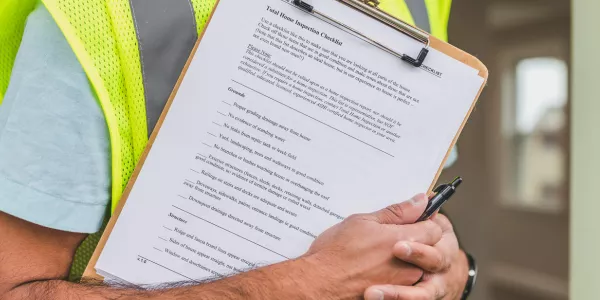
A thorough inspection covers several areas to ensure the home is safe and in good condition. Here's a comprehensive checklist of what a typical home inspection includes:
Exterior
Roof: Check for missing or damaged shingles, leaks, and overall roof condition.
Gutters and Downspouts: Ensure gutters are clear of debris and downspouts direct water away from the foundation.
Foundation and Grading: Look for cracks in the foundation and assess grading to ensure water drains away from the house.
Exterior Walls and Windows: Inspect siding, brickwork, and stucco for damage or deterioration. Check window frames and seals for leaks.
Garage or Carport: Evaluate the condition of the garage door, opener, and framing. Check for proper ventilation.
Interior
1. Plumbing System
Pipes and Fixtures: Check for leaks, corrosion, and water pressure issues.
Water Heater: Inspect for proper installation, leaks, and functional temperature controls.
Drains and Sinks: Ensure sinks, showers, and tubs drain properly without backups.
2. Electrical System
Wiring: Look for exposed or outdated wiring, including knob-and-tube.
Outlets and Switches: Test for proper grounding and functionality.
Breaker Panel: Check for proper labeling, overloaded circuits, and any scorching or damage.
3. HVAC System
Furnace and AC: Test for proper operation and check filters, ducts, and vents.
Ductwork: Inspect for leaks or damage that may affect airflow.
Thermostat: Ensure the thermostat is functioning correctly.
4. Insulation and Ventilation:
Attic Insulation: Check for adequate insulation levels and proper installation.
Crawl Space: Inspect for moisture, mold, and pests.
Ventilation Fans: Test bathroom and kitchen fans for proper ventilation.
5. Attic and Basement:
Attic: Look for signs of leaks, water damage, and structural integrity of the roof.
Basement: Inspect for water intrusion, cracks, and foundation stability.
6. Doors, Windows, and Floors:
Doors and Windows: Ensure doors and windows open and close smoothly, with no drafts or damage.
Floors: Check for squeaks, uneven surfaces, or sagging areas.
7. Kitchen Appliances and Cabinets:
Kitchen Appliances: Test the stove, oven, dishwasher, and refrigerator for proper operation.
Cabinets and Countertops: Inspect for damage, wear, and proper installation.
Learn more:
The Real Cost of Living in Massachusetts: Comparing Cities and Towns
How to Sell a House: Proven Strategies for Success
Additional Areas
1. Fireplace and Chimney:
Inspect the chimney for cracks, creosote buildup, and proper ventilation. Check the fireplace for signs of damage, leaks, or improper operation.
2. Pest Inspection:
Look for signs of termite, rodent, or insect infestations, including droppings and wood damage.
3. Mold and Radon Testing:
Mold Testing: Check for visible mold growth and conduct air sampling if necessary.
Radon Testing: Use a radon test kit to measure radon levels in the home.
4. Pool and Spa (if applicable):
Pool Structure: Inspect for cracks, leaks, or damage to the pool shell.
Equipment: Test the pool pump, filter, and heater for proper operation.
Safety Features: Check for a secure fence or pool cover and functional pool alarms.
Who Pays for the Home Inspection?
In most cases, the buyer pays for the home inspection. However, in competitive markets or when a seller is eager to sell quickly, they may cover the cost to make the transaction more appealing to potential buyers.
What Will Fail a Massachusetts Home Inspection?
A home inspection does not "pass" or "fail" a property but rather highlights potential issues that may need attention. However, some issues can be significant enough to impact the buying decision:
Structural Problems: Foundation cracks, settlement, or major roof damage can signal structural issues. Cracks in the foundation may indicate shifting, while leaks or damaged shingles can mean the roof requires replacement or major repairs.
Water Damage and Mold: Plumbing leaks or roof leaks can cause water damage and mold growth. Mold thrives in high-humidity environments, affecting air quality and creating health concerns.
Electrical Hazards: Outdated wiring, like knob-and-tube, and overloaded circuits or faulty breakers pose significant fire hazards. These issues often require immediate attention.
Pest Infestation: Termite or rodent infestations can cause extensive structural damage. Look for signs like droppings, wood damage, or tunnels in wooden structures.
HVAC Issues: An inoperable furnace or AC and damaged ductwork can lead to uncomfortable living conditions. Heating and cooling systems should be functional and efficient.
Radon and Lead Paint: High radon levels pose serious health risks, while lead paint, common in homes built before 1978, can be harmful, especially to children. Testing for both is crucial.
These are some of the significant issues that could potentially affect a buyer's decision to purchase a property or negotiate for repairs.
What are the Purposes of a Home Inspection?
A home inspection serves multiple purposes, ensuring that buyers are fully aware of any potential issues before finalizing their purchase. Here are the main purposes of a home inspection:
Identifying Potential Issues
The inspection identifies safety hazards, structural issues, and other defects that may impact the property's value. By revealing these problems early, buyers can make informed decisions about whether to proceed with the purchase.
Negotiating Leverage
The inspection report provides leverage for negotiating repairs or price reductions with the seller. If significant issues are discovered, buyers can request that the seller address them or reduce the asking price accordingly.
Peace of Mind
An inspection helps buyers understand the property's condition and make informed decisions. Knowing the home's true state offers peace of mind and reduces the risk of unexpected expenses after moving in.
The Bottom Line
A home inspection is a vital part of the buying process, providing insight into a property's condition and helping you make informed decisions. While the cost may vary, budgeting between $400 and $600 for a standard inspection in Massachusetts is a good starting point.
By understanding the factors influencing costs and following a thorough inspection checklist, you can navigate your home purchase with confidence.
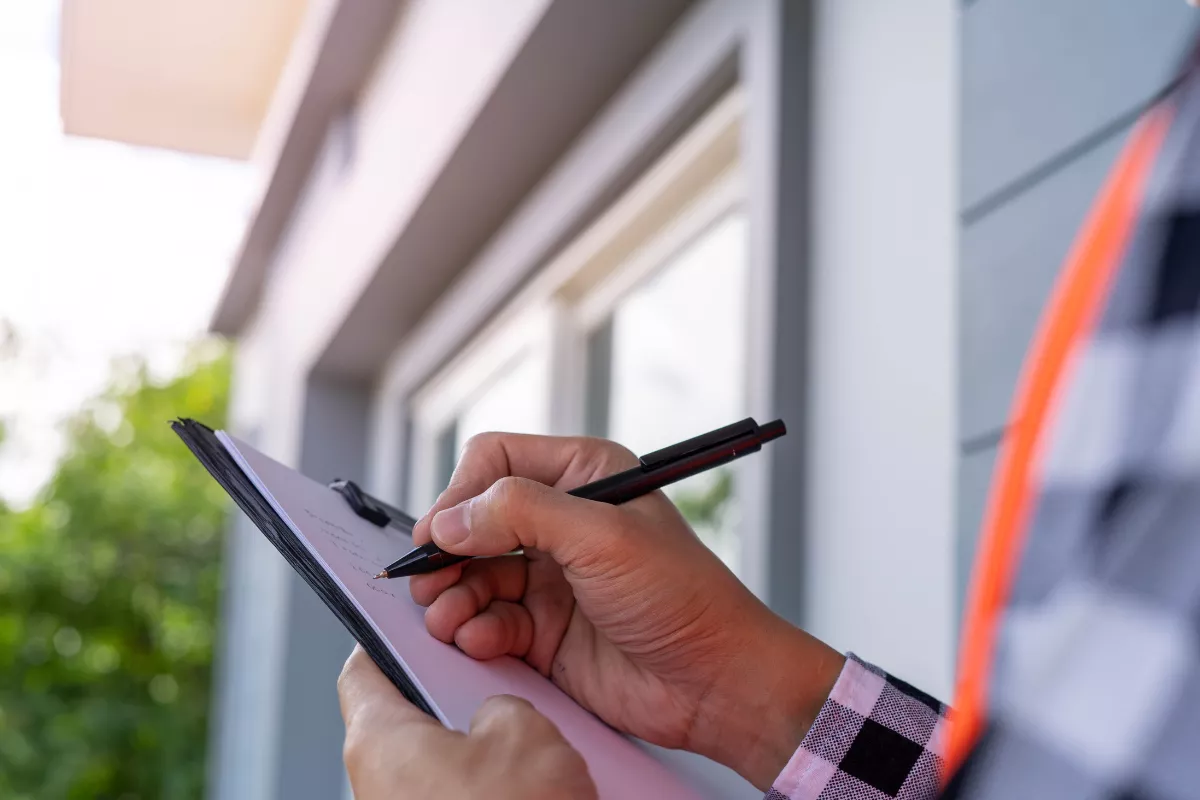
 Marcio Vasconcelos
Marcio Vasconcelos
